For Essence, the journey in India has always been integrated: Anand Chakravarthy
It was in August 2016 that Essence, a global data and measurement-driven agency and part of GroupM, established operations in India. The agency’s clients include Google, Flipkart, Nando’s and The Financial Times, among others.
Today, Essence is more than 1,600-people strong, manages over $3.6 billion in annualised media spends and deploys campaigns in 71 markets via offices in Bengaluru, Chicago, Delhi, Düsseldorf, Jakarta, London, Los Angeles, Melbourne, Minneapolis, Mumbai, New York, Salt Lake City, San Francisco, Seattle, Seoul, Singapore, Sydney, Tokyo and Toronto.
In the years since its launch in India, Essence has seen a transformation for being a digital-only agency to a full-service integrated agency.
Leading Essence’s forward march in India is its Managing Director - India, Anand Chakravarthy. With over 20 years of experience in media, marketing and advertising, Chakravarthy has a demonstrated history of high performance. Prior to Essence, he was Managing Partner at Maxus India.
In this two-part exclusive interaction with Adgully, Anand Chakravarthy speaks at length on the journey of Essence in India, the transition from digital-only to a full-service integrated offering, march of digital and where traditional media stands today. Excerpts:
How has the transformation been – from a digital only agency to a full-service integrated agency?
In India, our journey has been very different from around the world. Globally, Essence has always been a performance digital agency. For the first 11 years of their existence they were predominantly that. Essence started their operations in India in 2016. At that point in time, Maxus was managing the offline duties for Google. So, they set up a bespoke team, where they had an offline team from Maxus and the digital team from Essence. We started delivering integrated media to Google back then itself. In 2017, when the whole restructuring of GroupM happened and Essence actually expanded in India in 2018, all the clients that we got starting from Flipkart, Britannia, Honda, Zee were all integrated details.
For us, the journey in India has always been integrated; it has never been pure digital. Of course, it has been a natural extension of what we are doing with the exception of having the Essence Technology, Capability, and leaning have really helped enhance the digital part of the offering.
With integrated agencies coming to the forefront, what will be the future of boutique / specialised agencies?
We never wanted to position ourselves as a boutique agency. We were a digital-first agency. A majority of our clients are still very digital-focused. Sometimes we look at digital as a magician, who will change the fortunes of the world – and it has changed the way consumers interact with brands and markets; it has changed the way marketers think about how they advertise – but the practice of analogue continues to be very strong in this country. The share of television is 46 per cent, but it has been flat. Print has declined to 26-29 per cent, though it has not gone out of the window. Therefore, when we look at integrated, due respect has to be given to all the mediums – and in a market like India, the strength and continuing endurance of TV. I can rarely think of a brand that has been built on digital.
I think it is a bit cyclical in nature. All markets move from an area of generalisation to specialisation and back to generalisation. Let’s look at it from a client’s perspective. A marketer’s life is not becoming easy. There is a huge pressure on their bottomline, so the CFO is telling him to spend his money carefully or reducing the money he spends. The targets are not changing; they are only going up. Now, to market to this audience is becoming increasingly complex because of how audiences are changing. If I look at it from their perspective, I think all marketers want a single point of contact who is able to stitch all these things together, otherwise the marketing team becomes the stitching agent.
While I think some amount of specialisation has happened and digital will possibly create more specialisation, I think overall you will see more integrated service happening. That is why I think Essence, despite being a performance digital agency for 11 years, decided to go the integrated way because our leaders recognised the fact that the world is not just about digital; it is about integrated. If you are not offering all of that then you will continue operating in a niche.
At Essence, we have done away with offline planning and digital planning. We have what you call integrated planners at senior levels. You will have people trained in both areas; most people with 14-15 years of experience have worked in offline or digital. The good thing is that we have seen offline people adapting and they recognise that they are becoming archaic. Digital people resist this because they think digital is the future and they don’t need to know about this. But the smart ones can see that analogue is not going anywhere. When digital planners see it, they recognise that if they are not going to be a part of that one, they will not be holistic media professionals.
How difficult is it to marry online and offline media?
It is not an easy thing to do and I don’t think we have all the answers. But over a period of time the amount of understanding we have accumulated in the industry have helped us build tools and platforms that are allowing us to do integration far better. The challenge with digital is that it is not static, but continuously evolving. The last big thing in television has been HD. TV fundamentally hasn’t changed dramatically. In digital, every quarter something new is happening. There are a plethora of publishers doing a million different things all the time. Then you have the evolution of certain platforms like OTT in India that is certainly growing dramatically; the challenge with digital is because the ecosystem is changing continuously, the way you integrate that with offline is almost a continuously evolving process. While the principles are solid you have to keep tweaking your methods to keep pace with digital.
The adoption of digital brands is on the rise and so are the digital spends, what do you see as the drivers of the next digital growth?
Largest spends on digital are towards video and search, and I think both of them will continue to dominate for sure, because India is a heavy consumer of video content. Search will continue to grow as newer audiences enter the digital platform. If we look at small town audience, they have a smartphone but don’t really understand how to use search, but now they have voice search.
With no standard measurement metrics in the industry so far, how do you think it is impacting the business?
I don’t think there’s a lack of measurement, but is it as substantive and robust as TV, that’s the question we have to ask. There’s comScore, which has a mobile panel in India. We have different ways of measuring the digital impact, and TV can’t do this. So, when we launch a campaign on a platform, we can measure how many people viewed it and for how long they viewed it. Digital is way more measurable and accountable. If you do through-the-line tracking, you can see how a consumer starts by viewing a GIF and clicks on it where it takes him. TV measurement is free, but when you ask them to pay for digital measurement, that is when they feel the pinch. Digital is relatively new, while TV measurement has had years of research put into it. If one spends on measurement this year, it doesn’t mean it will be recurring every year, because once I measure, I have the confidence of what works and what doesn’t. One might need to do it once, it’s a one-time investment. The real issue that exists is that there is no third party measurement for free, unlike in the case of TV.
Essence has been handling the Google business for over a decade, what have the key learnings been?
I am very fortunate to have Google as a client and the reason I think is because, Google really believes in the philosophic that Essence has, which is Test and Learn. Therefore, we have been very fortunate enough to have experimented and introduced brand new things with Google in India and across the world. That has given us very rich insights and better use of platforms that Google has given us. Google has enhanced our learnings for the other clients as well. It is impossible to talk about what we have learnt from Google, because every tool and process that we have today in Essence is built on the deep understanding of the Google platform – the more you know, the more you have a deep understanding of it, in a sense of how it works and how to use it. When you have a client of the scale and the nature of Google, it is a very enriching experience. Because you are learning all the time and that allows you to build a really superior product as an agency, so it is very difficult to put it in a simpler way.
Where do you think traditional media is headed in today’s ecosystem?
I think TV has great relevance in this country, but it will change. TV will lose out to digital video over a period of time, especially in a heavily populated country like India, where roughly 50 million homes have TV access. The fact that data is available everywhere and it is so affordable, hints at the loss of TV clearly. TV and OTT platforms almost have the same content available. Having said that, TV will remain, after all it is the cheapest quality entertainment that Indians get today and that is the reason why it is so reasonable. That is where print has lost out. Print was unable to address the major customers because as a nation we are very audio-visual. So, print has this disadvantage.
Radio continues to be there, but radio scale is always a challenge, because at the end of the day we are only a music listening nation. I think with the limitations on private radio players – no permission to air own news bulletins and no live sports, that medium has been constrained.
Television has been great for the broadcasters in India. Though there hasn’t been massive innovation in terms of formats, they have already brought in great formats from around the world into this country so quickly. So, they brought the best formats from the world and quality of entertainment from the audience’s perspective. We may smirk at some of the soaps, but there is an audience who is watching it. They have found an audience, so they are generating quality content and we have to give them credit for that. But eventually they will come under pressure because of the media, no doubt, that is why they have extended their services to B2B (OTT). Some of them have taken time, but some have moved ahead. I think the tool will exist for a very long time.
If you look at the rest of the world, you will see that this is happening. For instance, in the UK, too, digital has grown at a dramatically fast pace and overtook television in terms of adex three years ago. However, a certain amount of reversal is happening there as well and money is going back to TV.





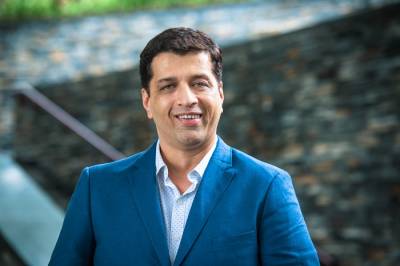
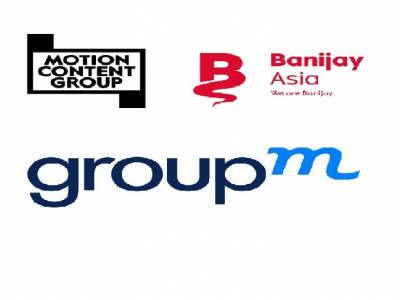
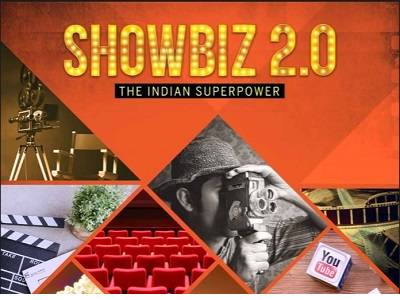
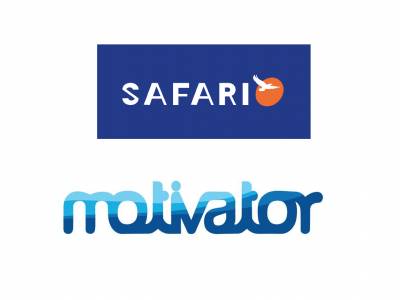
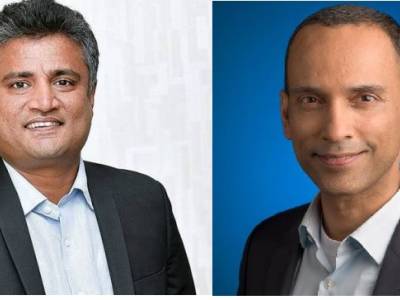
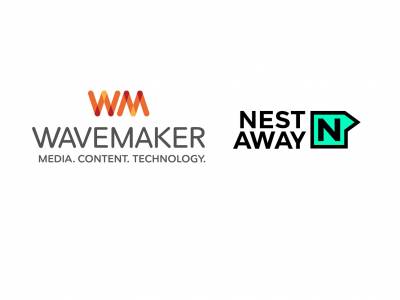
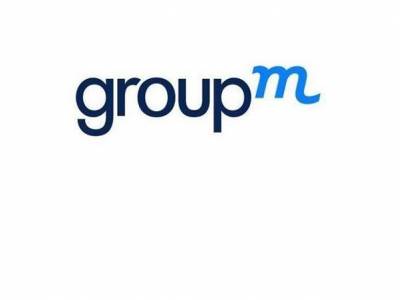

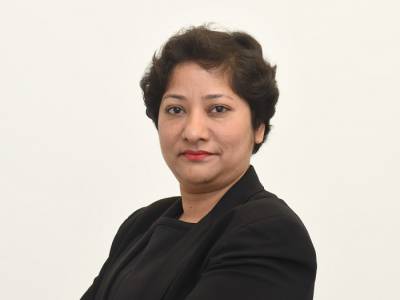
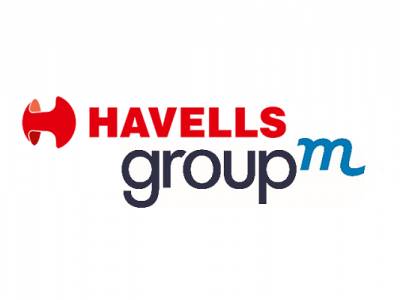

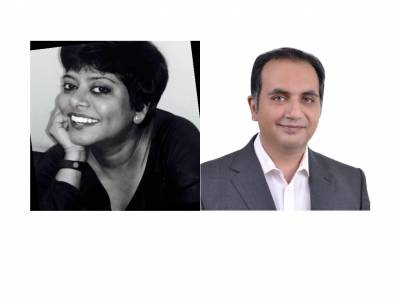
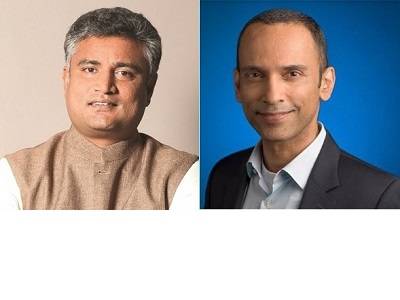



Share
Facebook
YouTube
Tweet
Twitter
LinkedIn